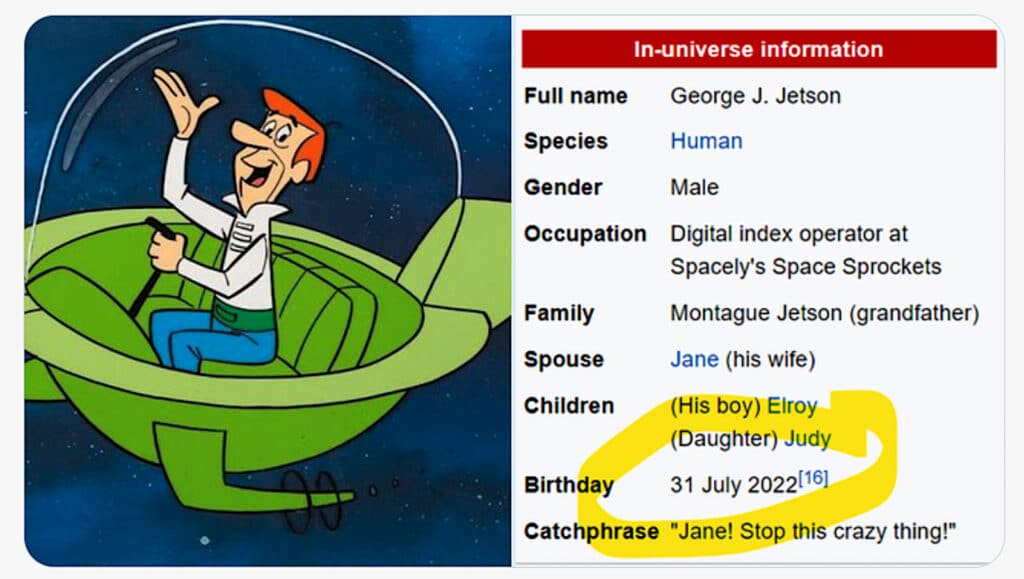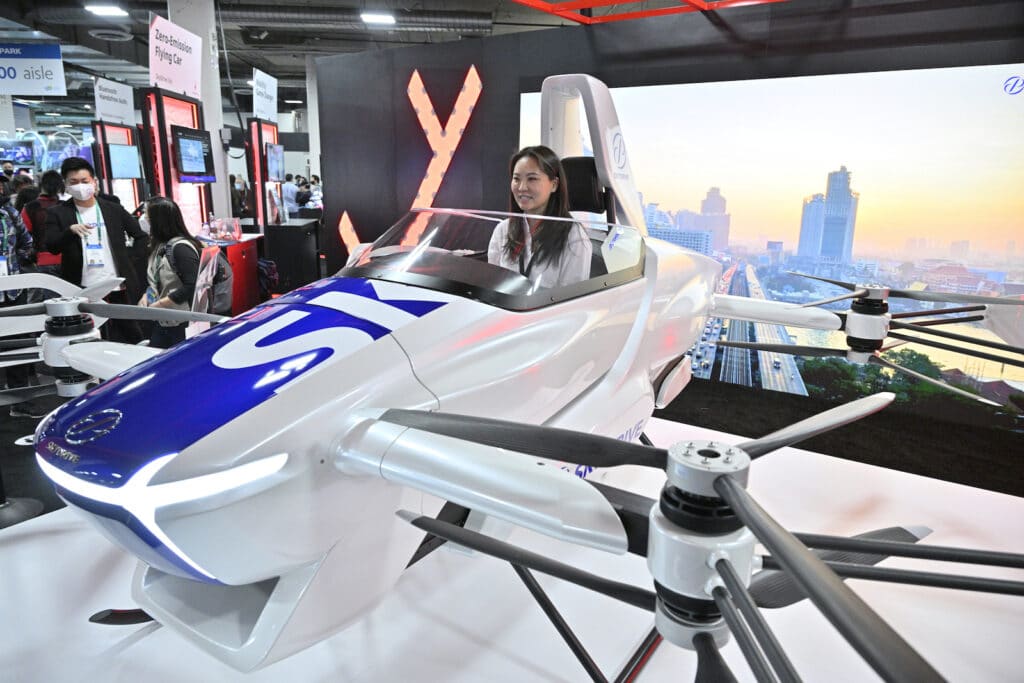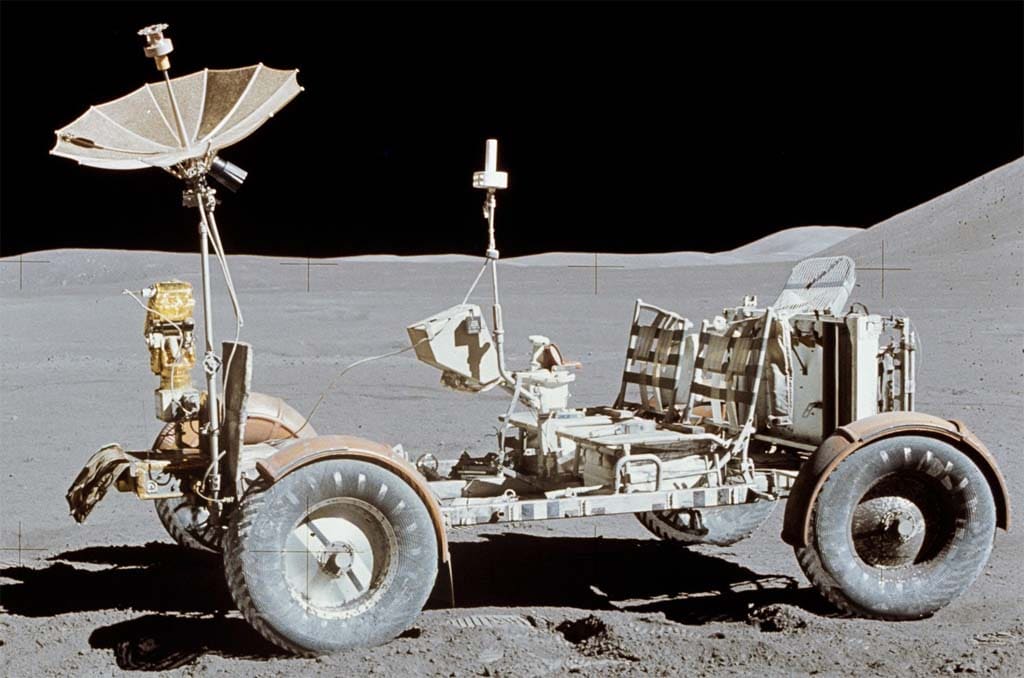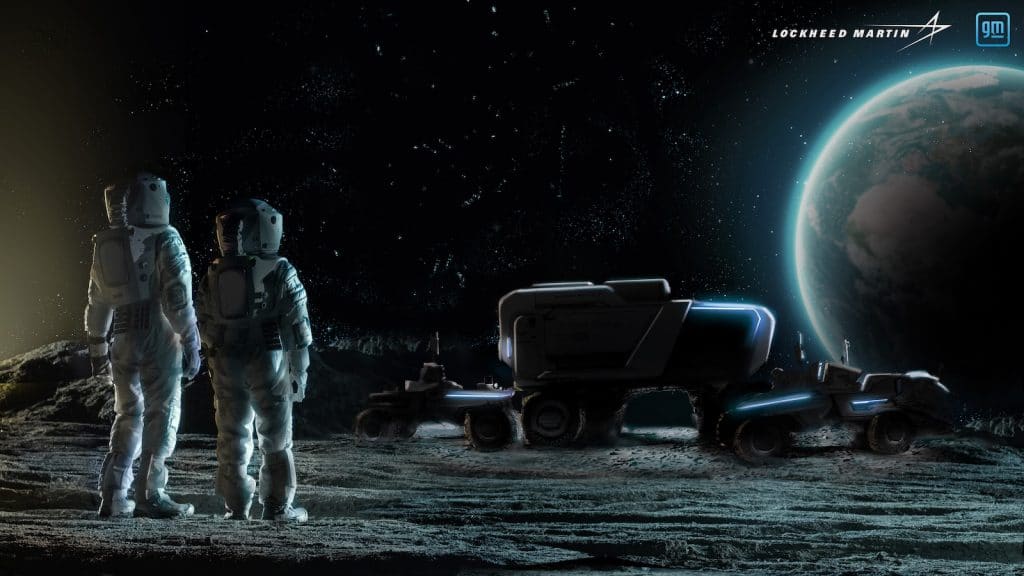[ad_1]
For science and sci-fi fans, this has been a significant week.

Those who remember the classic ‘60s cartoon, the Jetsons, will recall the show was supposedly set 100 years in the future in a world where folks live in the clouds in homes with robot servants and big screen TVs. They also commute to work in flying cars.
Family patriarch George Jetson, it turns out, was said to have been born on July 31, 2022.
That’s also a significant day for those who recall the Apollo moon mission. On July 31, 1971, astronauts David Scott and Jim Irwin were the first to drive a wheeled vehicle on another celestial body, deploying the stripped-down buggy, with its lawn chair-like seats, powered by batteries and capable of traveling as far as 55 miles at speeds of up to 10 miles an hour.
The Jetsons and the Apollo program were products of their time, an era of great optimism about the future and the benefits that technology could bring. And these two anniversaries had me thinking about where we’ve come during the past half century.
Sci-fi reality

Like much post-World War II sci-fi, there were a number of things that have gone from fiction to reality as far as the Jetsons are concerned, including their big screen TVs and their smart phones. We aren’t quite living in the clouds, at least not yet, though we’re coming closer with each new record-breaking skyscraper. Dubai’s Burj Khalifa currently holds the record as the world’s tallest building, rising to 2,717 feet, or more than a half mile.
So far, though, the futuristic family’s flying car hasn’t come to fruition. But there’s a chance it just might make it by the time the cartoon was set to occur, in the 2060s. At least a dozen different companies are now working to create manned, drone-like flying vehicles — and several automakers, including Toyota and Hyundai, are active players.
Some of the vehicles they’re developing are aimed at providing personal transportation and, on the ground, could transform into wheeled, street-legal vehicles. Others are simply meant to go from Point A to Point B as flying cabs. But this is one area where sci-fi could soon become reality – as long you don’t expect to see your air car fold up into a briefcase when you land, like George Jetson’s did.

Anyone who watched “The Jetsons” likely also recalled his car’s distinctive sound. A number of new battery electric vehicles have added artificial “soundscapes” to replace the sound of an internal combustion engine. It’s only a matter of time until a manufacturer lets you program the Jetsons car’s sound into you own EV.
Drive me on the moon, let me drift among the stars …
As for the lunar rover, fans of space travel have long lamented the fact we’ve not returned to the moon since Apollo 17 headed back to Earth Dec. 19, 1972. But it now looks like we’ll make a return, perhaps before the middle of this decade. And if NASA’s long-delayed Artemis Program doesn’t pull it off, Elon Musk is determined to get there with his own Starship.
A number of companies are vying to develop the next-generation LRV. That includes a number of automakers, starting with General Motors, one of the prime contractors for the original moon buggy of the 1970s.

But the original lunar rover did help set in motion momentous change. Think of it as the ur-EV. If you can power a vehicle on the moon with batteries, some folks realized, why not here on Earth?
The good news is that we’ve come a long way beyond the primitive 36-volt, silver-zinc potassium hydroxide non-rechargeable batteries used in that craft.
There are now millions of automobiles plying Earth’s roadways using rechargeable lithium-ion technology yielding as much as 520 miles range in the Lucid Air Dream Range edition. Next-generation batteries, like solid-state, could make the technology even more attractive — and affordable.
So, while we haven’t quite met all the dreams and fantasies of ’60s-era sci-fi, we’re getting closer and closer when it comes to transportation.
Now, if we could only come up with warp drive and transporters … well, at least the kind Dr. McCoy wouldn’t be afraid of using.
[ad_2]
Source link








